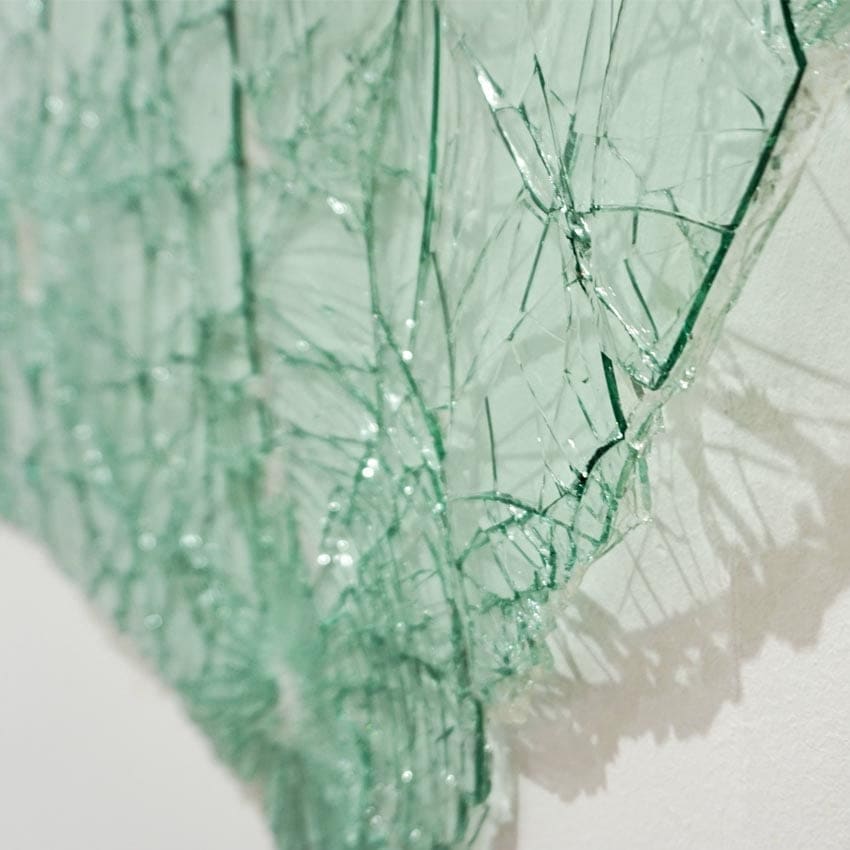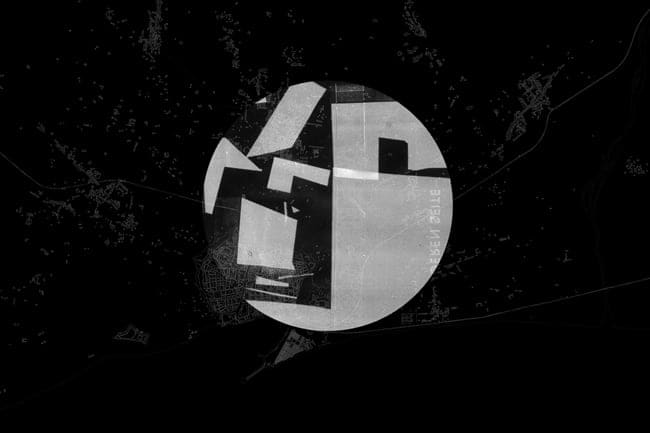Ciudad fractal
2018





Much of the interest in maps and plans is perhaps due to the heavenly position of the user. To look at a map is to adopt the position of God, who looks at everything from the sky.
Idelfons Cerdá was probably aware of this control when he drew up streets, avenues and squares with drawing pens over Barcelona and wanted to design a fairer city. Moreover, if it had been carried out in its entirety, the Cerdá Plan projected a utopian, decentralised and horizontal city. Its original layout was in the form of a grid of bevelled corners, with very airy and luminous proportions, but the idea of open blocks with interior gardens, which was the recreational part of the project, was not completed. The non-productive but more reproductive part, which occupied the Ensanche in its entirety.
It seems that Cerdà was interested in the Cabala and his Plan is related to the ten sefirot (spheres) or Tree of Hebrew Life. Thus, his modern conception of the city is divinely inspired but at the service of urbanism as a capitalist science. For me, a utopian alternative to the Barcelona of 1860 would be ecological. Life in the centre. A less functionalist city, less designed for production, more heterogeneous and prepared for diversity, which overcomes the model of Euclidean geometry and the separation of functions and accepts networked models. In my utopian city people have time and enjoy it. The organisation is entropic, fractal and on a human scale.
Fractal growth creates similar structures at any scale and time. In this way, something small and fast, like a car moon broken in seconds, can look like a city built during 2000 years, changing the god that controls from the sky to become the intelligence of nature.
2.500€ (IVA incl.)
Check price1 in stock
More about the artist
Juan Escudero
Visual artist with special dedication to drawing and engraving. Participates in the exhibition Barcelona Plan B.
Discover more






